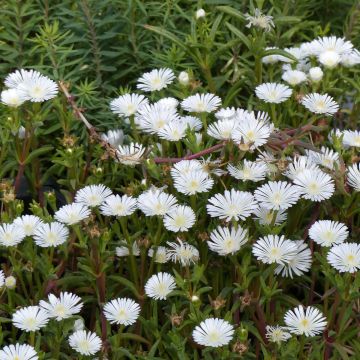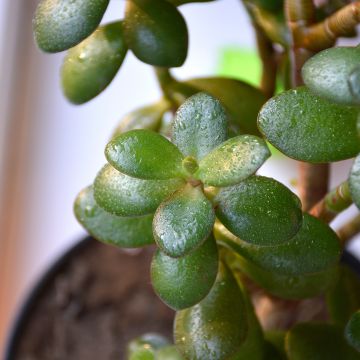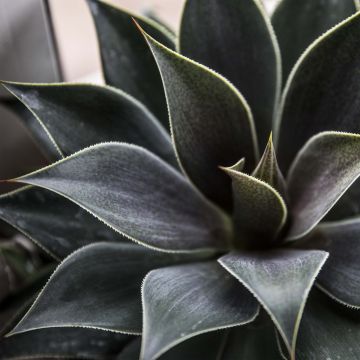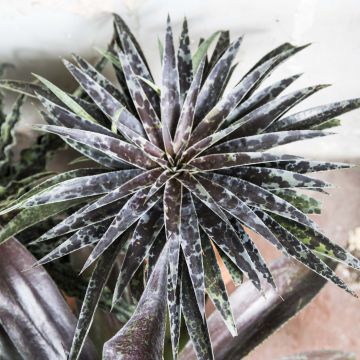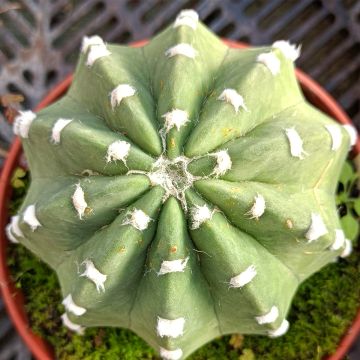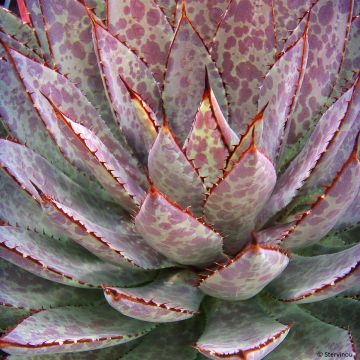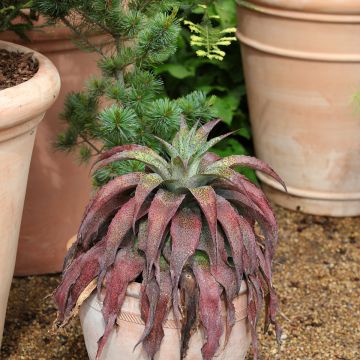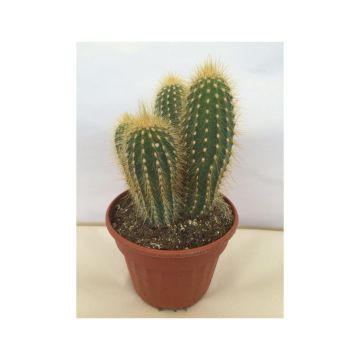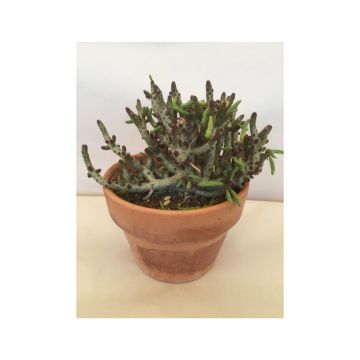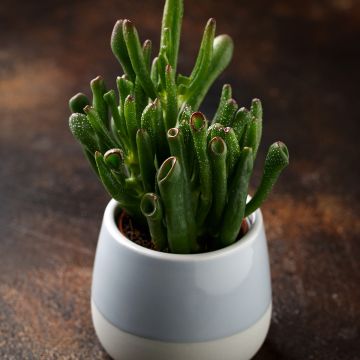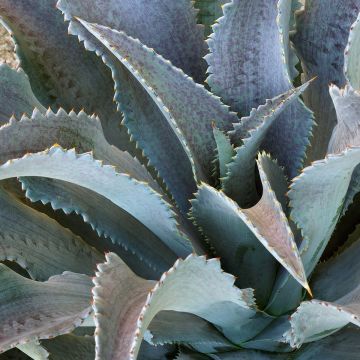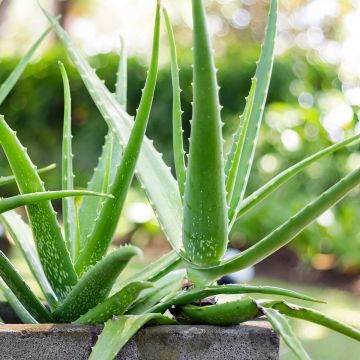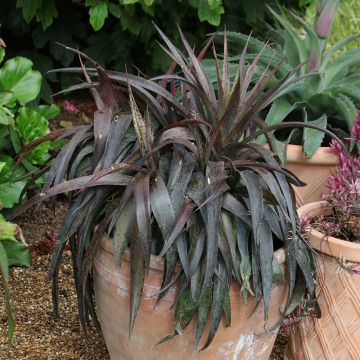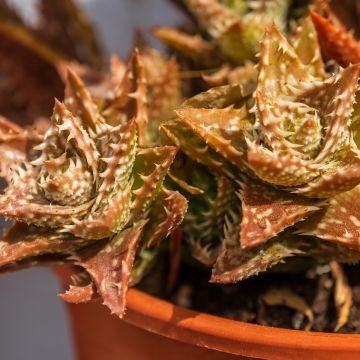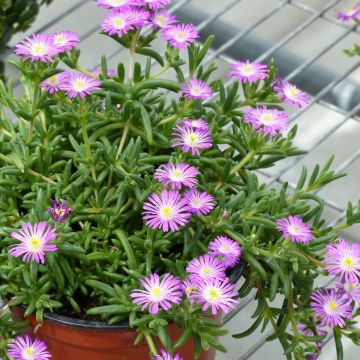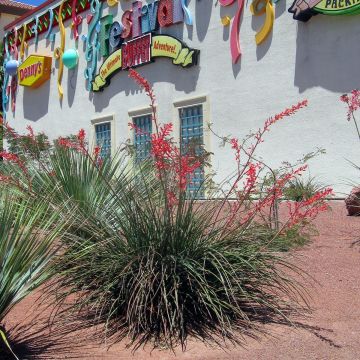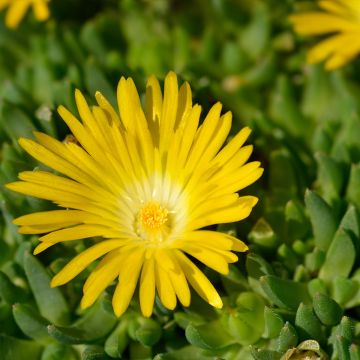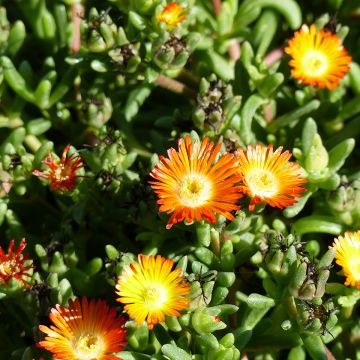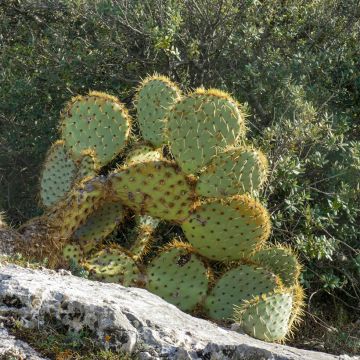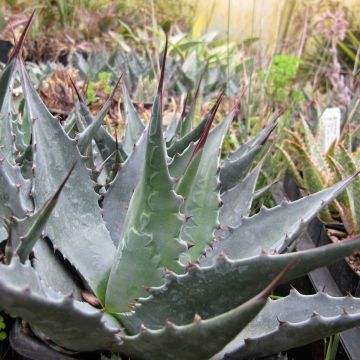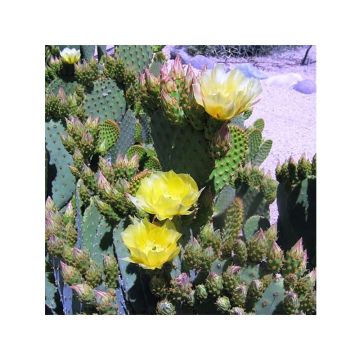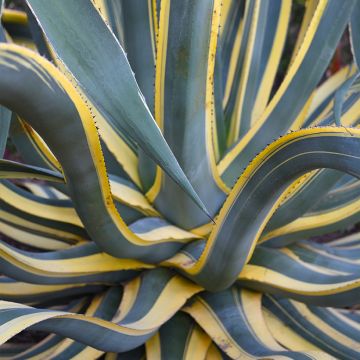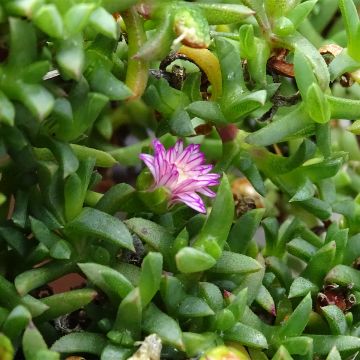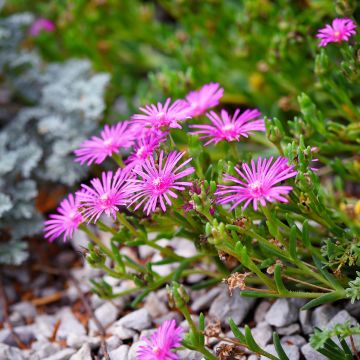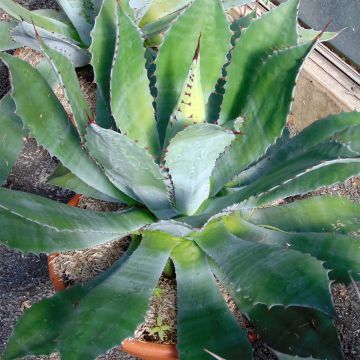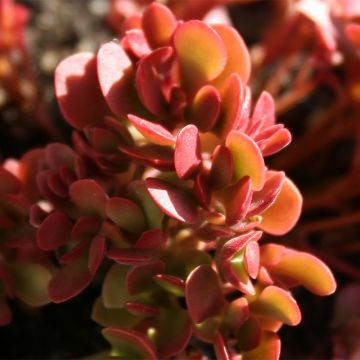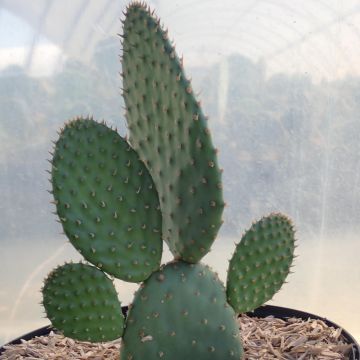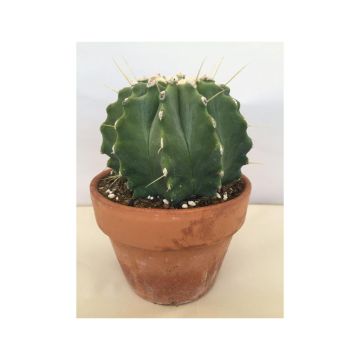Plantfit
Log in / Register
Existing customer?
New customer?
Create an account to track your orders, access our customer service and, if you wish, make the most of our upcoming offers.
My Account
Hello
Shipping country and language
Your country of residence may be:
For a better user experience on our website, you can select:
Your shipping country:
Andorra
Austria
Belgium
Bulgaria
Croatia
Czechia
Denmark
Estonia
Finland
France
Germany
Greece
Hungary
Iceland
Ireland
Italy
Latvia
Lithuania
Luxembourg
Monaco
Netherlands
Poland
Portugal
Romania
Slovakia
Slovenia
Spain
Sweden
Switzerland
Language:
French
English
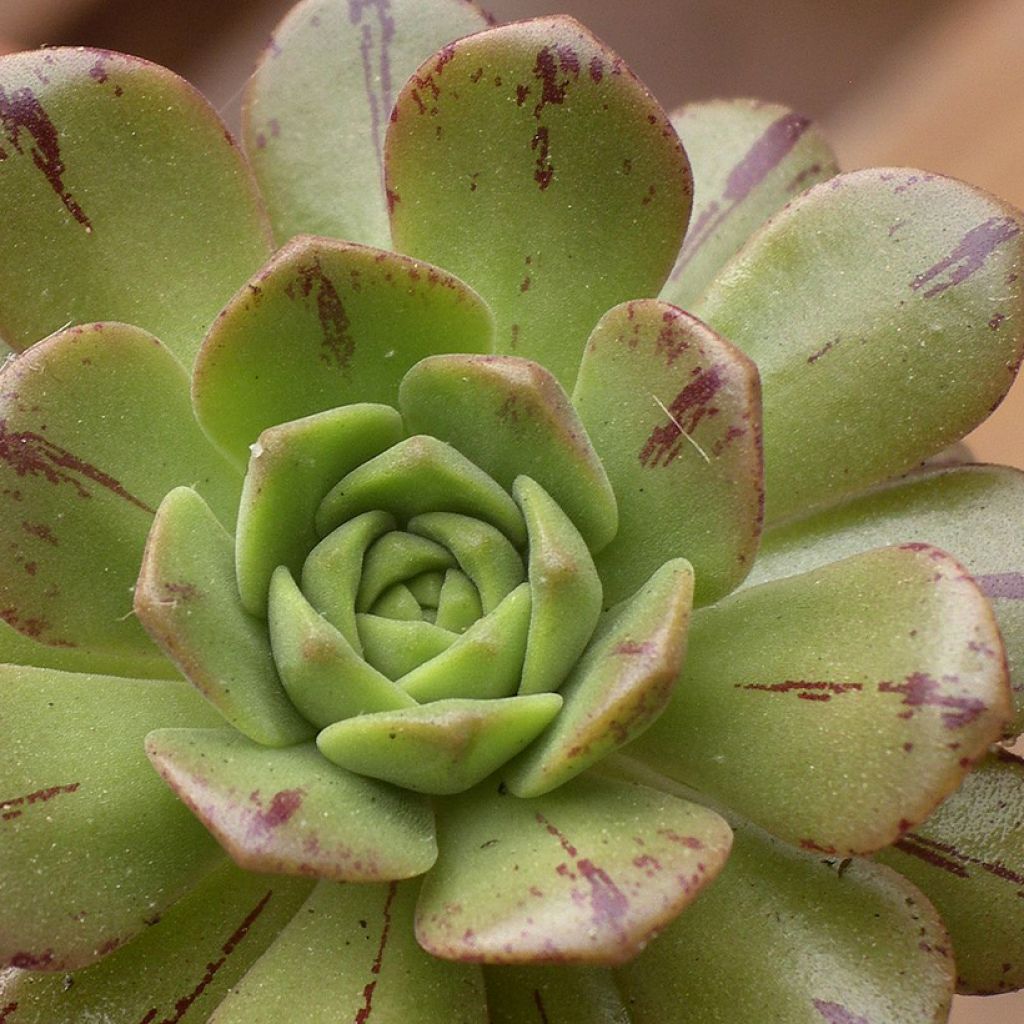

Aeonium occidentale
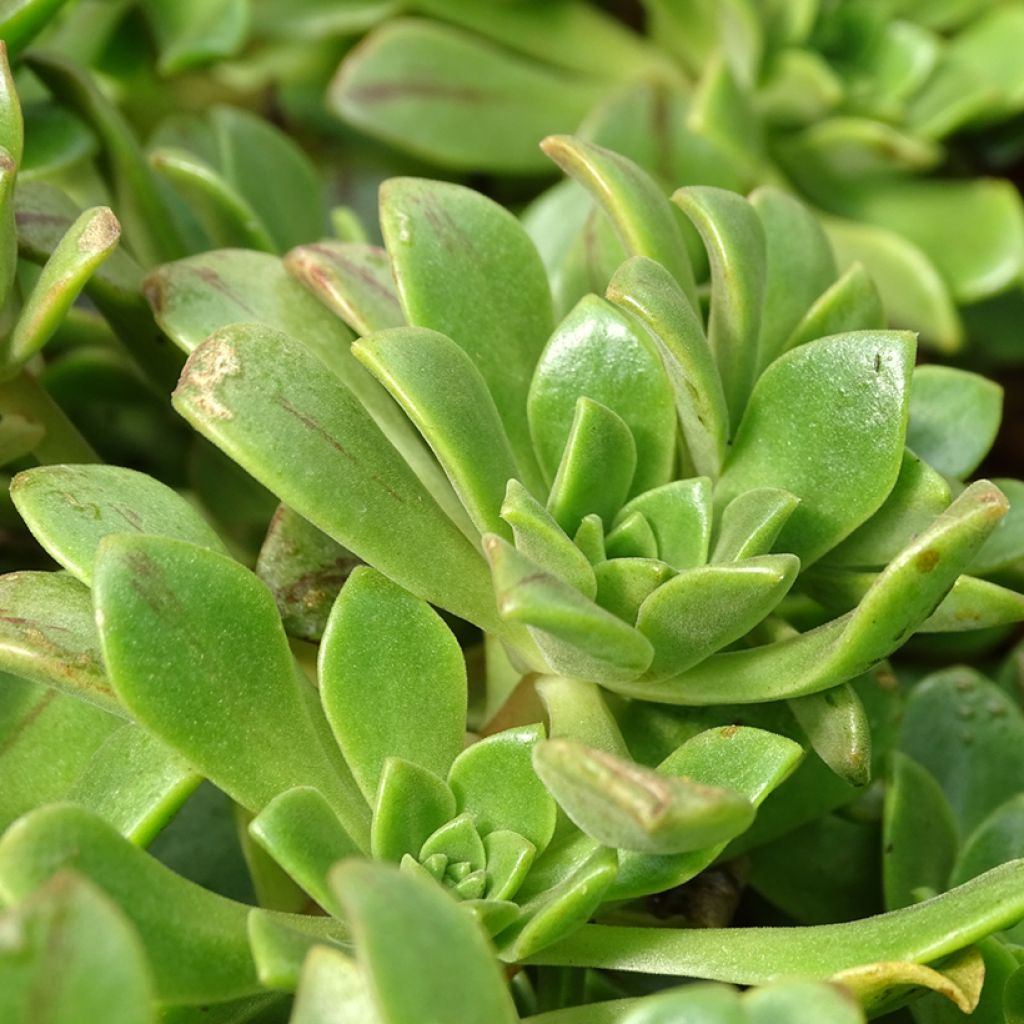

Aeonium occidentale
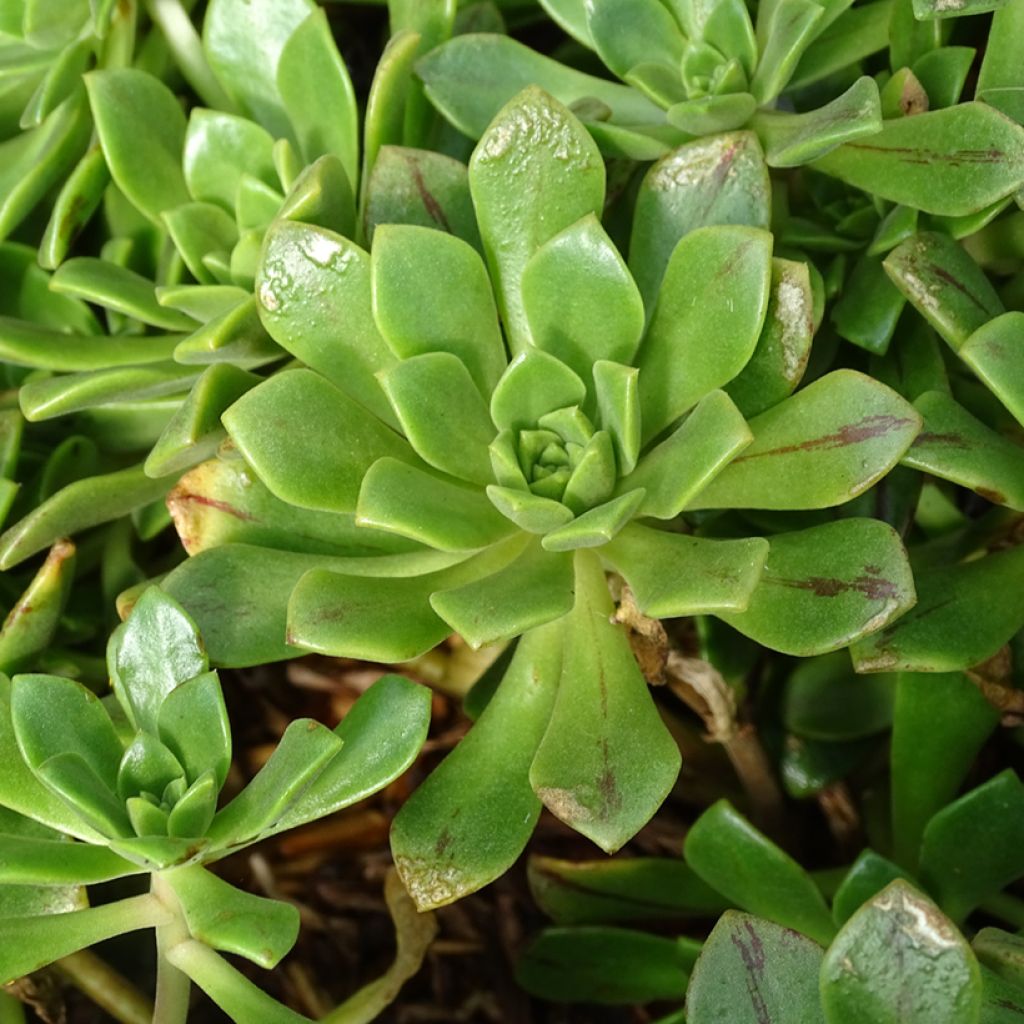

Aeonium occidentale
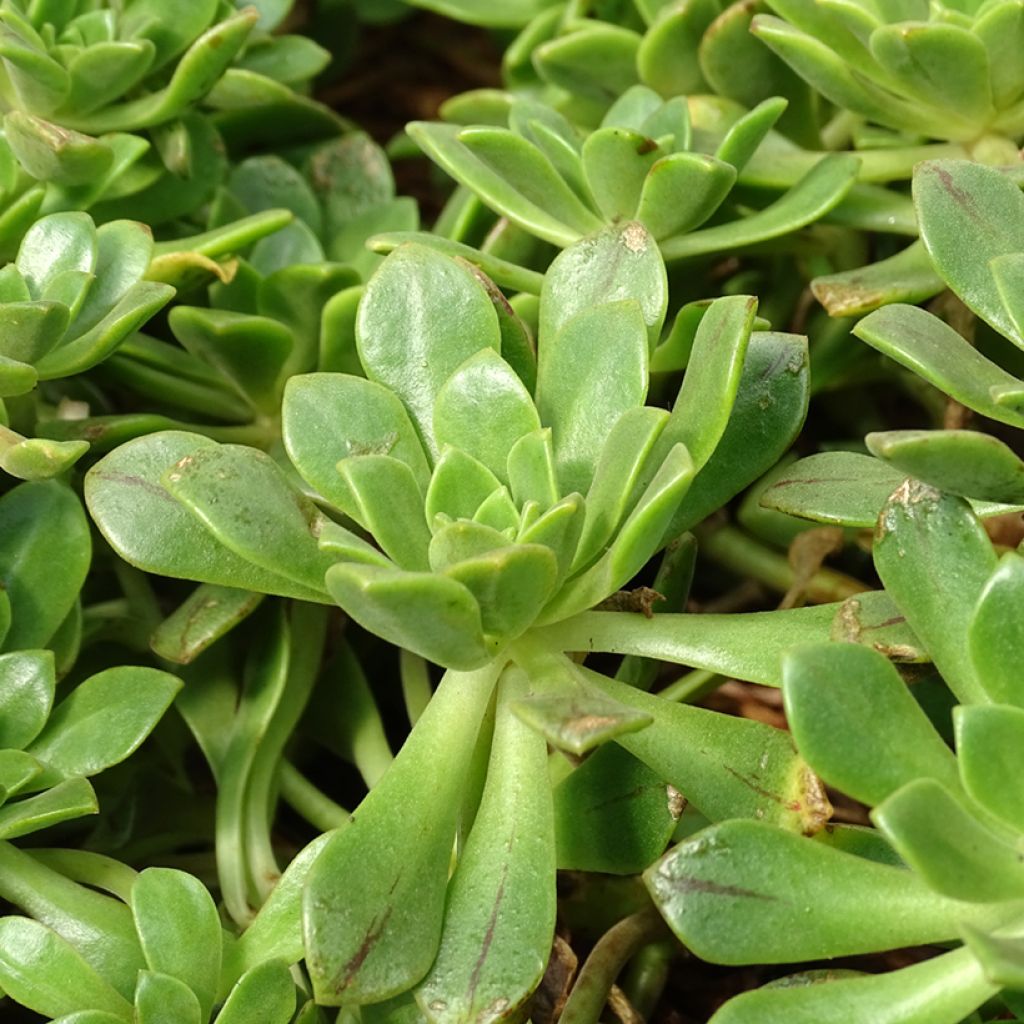

Aeonium occidentale
Aeonium occidentale
Aeonium occidentale
Canary Island Pinwheel
Order in the next for dispatch today!
Dispatch by letter from €3.90.
Delivery charge from €5.90 Oversize package delivery charge from €6.90.
More information
This item is not available in your country.
Select delivery date,
and select date in basket
This plant carries a 24 months recovery warranty
More information
We guarantee the quality of our plants for a full growing cycle, and will replace at our expense any plant that fails to recover under normal climatic and planting conditions.
From €5.90 for pickup delivery and €6.90 for home delivery
Express home delivery from €8.90.
Does this plant fit my garden?
Set up your Plantfit profile →
Description
Aeonium x occidentale is a charming plant from the Canary Islands, highly decorative with its characteristic graphic appearance typical of the genus. This Aeonium forms small rosettes of imbricated leaves. It has a slow growth and a low, spreading habit, wider than it is tall, and is recognizable by its succulent green leaves adorned with reddish streaks. Reserved for gardens in the mildest climates, it can be grown in pots throughout France, especially since it is very resistant to dry conditions. It just needs to be overwintered indoors to protect it from frost. It is a fairly easy plant to grow, ideal for a contemporary environment with an exotic touch.
Aeoniums are succulent plants from the Crassulaceae family, which includes about 1500 species, many of which have ornamental value. Everyone knows the popular Kalanchoes with their vibrant flower bouquets that brighten up our interiors, or Echeverias that have been popular in mosaic gardening, while Sedums are essential for green roofs... We could also mention the friendly Joubarbes, or Sempervivum, which are part of our spontaneous flora despite their exotic appearance, and many more.
Aeoniums have a family resemblance that makes them easily identifiable, at least as a genus, but identifying the species or variety is more difficult. And in the case of Aeonium x occidentale, it is particularly challenging because this plant is rather rare. In nature, it only grows in a few locations on the island of La Palma, in the Canary Islands. It is a hybrid between A. sedifolium, with tiny leaves resembling those of a Sedum - hence its name - and A. goochiae, a species that stands out from the majority of others because it prefers shade and likes humidity. From this curious crossbreeding, Aeonium x occidentale was born, a small-growing species that forms a low cushion only about twenty centimetres in height. This plant is particularly remarkable for its very graphic habit, with rosettes of small fleshy leaves, whose spatulate shape widens as they move away from the centre and abruptly ends in a point. The young leaves are closely imbricated at the heart of the rosette and gradually open up like a flower. The rosettes, about 6 to 8cm (2.4 to 3.1in) in diameter, also press against each other, forming a compact clump. A distinctive feature of this plant is the presence of dark red streaks on the leaves, usually forming a median line, sometimes also bordering the leaf.
This Aeonium is especially appreciated for its foliage as its flowering is reputed to be even rarer in cultivation than in nature. It then takes the form of small star-shaped flowers in white-yellow colour, clustered in corymbs above the mass of foliage.
In the mildest climates of our territory, it is advisable to plant this Aeonium in the sun, in poor and well-drained soil, as it will not tolerate having wet feet in winter! Like most other species (and unlike one of its parents), it is drought-tolerant and is particularly suitable for container cultivation, which allows it to be protected during winter.
Aeoniums are a delight for succulent plant enthusiasts, and this little hybrid will delight them with its geometric foliage, almost perfect in its design. Planted in a pot, it will fit perfectly into a contemporary environment, where the purity of its forms will make up for the rarity of its flowering. In climates mild enough to accommodate it in the ground, such as on the French Riviera or southwest England, it can be part of a dry garden, associated with the prickly pears of Opuntias, some of which are hardier than it. In colder climates during winter, there is nothing to stop you from "cheating" and putting its pot in the ground to create the illusion that it is growing there, as is done in some botanical gardens. You can then create an exotic scene by adding plants that are hardier than it, which can withstand winter outdoors, such as the famous Yucca rostrata, which can survive hardeer conditions, or Cylindropuntia imbricata, even more resistant to cold and remarkable for its unique graphic habit. The remarkable Aloe striatula, undoubtedly the most cold-tolerant of the genus, will also be a perfect companion.
Aeonium occidentale in pictures
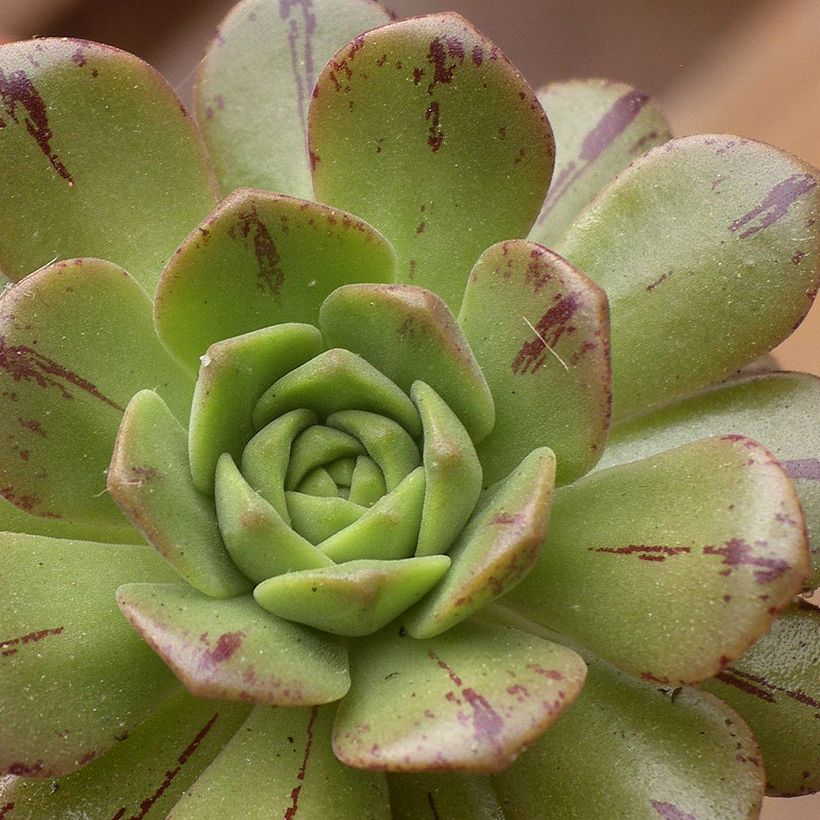

Plant habit
Flowering
Foliage
Botanical data
Aeonium
occidentale
Crassulaceae
Canary Island Pinwheel
Mediterranean
Planting and care
Aeonium x occidentale, highly resistant to heat and drought, requires a light, well-drained, sandy, poor, even slightly calcareous soil. Plant it in the spring after the last frosts in open ground in mild coastal, or hot and dry climates. Planting in pots is possible all year round, obviously protected from frost. It thrives in full sun or partial shade south of the Loire, and likes to have its roots warm. Originally from the Canary Islands, it is sensitive to frost and can only be planted outdoors in very mild climates, with occasional and not intense frost. Overwinter this plant in an unheated, but frost-free room, and absolutely very bright. Water moderately from autumn to spring, and sparingly in summer. Remove faded inflorescences and dead branches.
Planting period
Intended location
Care
This item has not been reviewed yet - be the first to leave a review about it.
Haven't found what you were looking for?
Hardiness is the lowest winter temperature a plant can endure without suffering serious damage or even dying. However, hardiness is affected by location (a sheltered area, such as a patio), protection (winter cover) and soil type (hardiness is improved by well-drained soil).

Photo Sharing Terms & Conditions
In order to encourage gardeners to interact and share their experiences, Promesse de fleurs offers various media enabling content to be uploaded onto its Site - in particular via the ‘Photo sharing’ module.
The User agrees to refrain from:
- Posting any content that is illegal, prejudicial, insulting, racist, inciteful to hatred, revisionist, contrary to public decency, that infringes on privacy or on the privacy rights of third parties, in particular the publicity rights of persons and goods, intellectual property rights, or the right to privacy.
- Submitting content on behalf of a third party;
- Impersonate the identity of a third party and/or publish any personal information about a third party;
In general, the User undertakes to refrain from any unethical behaviour.
All Content (in particular text, comments, files, images, photos, videos, creative works, etc.), which may be subject to property or intellectual property rights, image or other private rights, shall remain the property of the User, subject to the limited rights granted by the terms of the licence granted by Promesse de fleurs as stated below. Users are at liberty to publish or not to publish such Content on the Site, notably via the ‘Photo Sharing’ facility, and accept that this Content shall be made public and freely accessible, notably on the Internet.
Users further acknowledge, undertake to have ,and guarantee that they hold all necessary rights and permissions to publish such material on the Site, in particular with regard to the legislation in force pertaining to any privacy, property, intellectual property, image, or contractual rights, or rights of any other nature. By publishing such Content on the Site, Users acknowledge accepting full liability as publishers of the Content within the meaning of the law, and grant Promesse de fleurs, free of charge, an inclusive, worldwide licence for the said Content for the entire duration of its publication, including all reproduction, representation, up/downloading, displaying, performing, transmission, and storage rights.
Users also grant permission for their name to be linked to the Content and accept that this link may not always be made available.
By engaging in posting material, Users consent to their Content becoming automatically accessible on the Internet, in particular on other sites and/or blogs and/or web pages of the Promesse de fleurs site, including in particular social pages and the Promesse de fleurs catalogue.
Users may secure the removal of entrusted content free of charge by issuing a simple request via our contact form.
The flowering period indicated on our website applies to countries and regions located in USDA zone 8 (France, the United Kingdom, Ireland, the Netherlands, etc.)
It will vary according to where you live:
- In zones 9 to 10 (Italy, Spain, Greece, etc.), flowering will occur about 2 to 4 weeks earlier.
- In zones 6 to 7 (Germany, Poland, Slovenia, and lower mountainous regions), flowering will be delayed by 2 to 3 weeks.
- In zone 5 (Central Europe, Scandinavia), blooming will be delayed by 3 to 5 weeks.
In temperate climates, pruning of spring-flowering shrubs (forsythia, spireas, etc.) should be done just after flowering.
Pruning of summer-flowering shrubs (Indian Lilac, Perovskia, etc.) can be done in winter or spring.
In cold regions as well as with frost-sensitive plants, avoid pruning too early when severe frosts may still occur.
The planting period indicated on our website applies to countries and regions located in USDA zone 8 (France, United Kingdom, Ireland, Netherlands).
It will vary according to where you live:
- In Mediterranean zones (Marseille, Madrid, Milan, etc.), autumn and winter are the best planting periods.
- In continental zones (Strasbourg, Munich, Vienna, etc.), delay planting by 2 to 3 weeks in spring and bring it forward by 2 to 4 weeks in autumn.
- In mountainous regions (the Alps, Pyrenees, Carpathians, etc.), it is best to plant in late spring (May-June) or late summer (August-September).
The harvesting period indicated on our website applies to countries and regions in USDA zone 8 (France, England, Ireland, the Netherlands).
In colder areas (Scandinavia, Poland, Austria...) fruit and vegetable harvests are likely to be delayed by 3-4 weeks.
In warmer areas (Italy, Spain, Greece, etc.), harvesting will probably take place earlier, depending on weather conditions.
The sowing periods indicated on our website apply to countries and regions within USDA Zone 8 (France, UK, Ireland, Netherlands).
In colder areas (Scandinavia, Poland, Austria...), delay any outdoor sowing by 3-4 weeks, or sow under glass.
In warmer climes (Italy, Spain, Greece, etc.), bring outdoor sowing forward by a few weeks.
